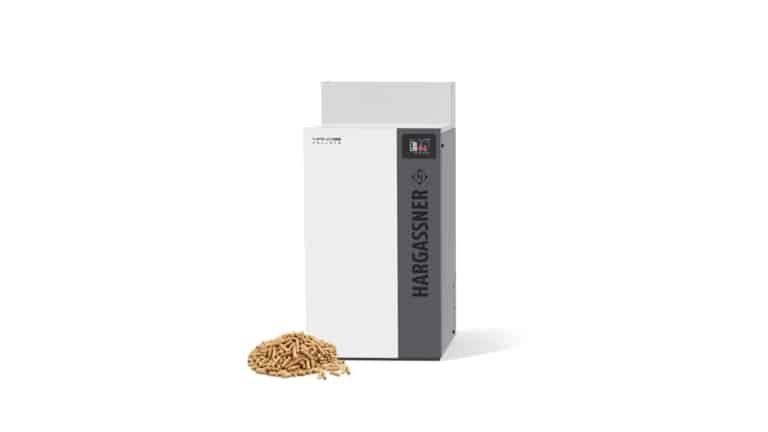Modern and climate-neutral heating systems for old buildings
In the area of heating buildings, the energy transition is opening up a range of modern alternatives to gas and oil heating. However, switching to renewable energy sources in old buildings poses particular challenges. For one thing, the insulation standards of old buildings are usually inadequate, and for another, they lack the design options available to new buildings.
Nevertheless, sooner or later the heating system will have to be replaced and fossil fuels will have to be phased out. The good news is that there are viable alternatives for old buildings too.

What should be considered beforehand?
- Is the existing heating system in the old building correctly sized? What is required for the future? A professional heating load calculation will enable you to heat more efficiently in the future.
- Different heating systems have different space requirements. What are your options?
- Is the building’s flue (chimney) designed for modern heating systems?
- Are the doors and passages in the building large enough for the installation of the new system? Consider the angle of the boiler.
- Are any thermal insulation measures planned – e.g. internal insulation or new windows?
- What radiators are there? Will they need to be replaced for a new system?
To answer all these questions, it makes sense to call in a professional. Your Hargassner heating expert will be happy to help you!
Pellet boiler for old buildings
Heat pumps are highly energy-efficient and can also be used effectively in older buildings, especially if the building is well insulated. This can be achieved through targeted renovation measures that reduce energy consumption in the long term. The Hargassner Airflow M heat pump is suitable for flow temperatures up to 65°C, making it compatible with radiator heating systems. This often means that it is not necessary to replace the entire heating system.
As a replacement for old gas and oil boilers, pellet boilers are considered the best heating system for old buildings. Their great advantage is that they work with all conventional radiator systems and do not need to be replaced. In addition, pellet boilers have a significant cost advantage, especially in terms of running costs. Not only are pellets cheaper than oil and gas as a fuel, but they are also mostly domestically produced.

Environmentally friendly heating with pellets
These little energy miracles are made from waste products from the wood industry. And because they release only as much CO₂ when burned as the tree stored during its growth, they are considered carbon neutral. The regional and sustainable management of forests also makes heating with pellets largely independent of geopolitical distortions.
If the pellet heating system is replacing an old oil-fired system, the space occupied by the oil tanks can be converted into a pellet store. If, on the other hand, a gas boiler is to be replaced, this space must first be created. Alternatively, containerised mobile heating systems offer the option of removing the boiler and storage system and placing them outside the building.

Efficient heating in old buildings - our tips
- Solid walls and high rooms take longer to reach a comfortable temperature. Preheat and use thermostats.
- Close doors to cooler rooms.
- Air rooms regularly, but do not let them cool down completely.
- Keep objects, curtains and furniture away from radiators.
- And as always, lowering the room temperature by one degree can save six per cent on heating costs.
Although these tips can make heating in old buildings more efficient and economical, sooner or later sustainable renovation measures and a modern heating system will be unavoidable. Your heating experts at Hargassner are here to help.
